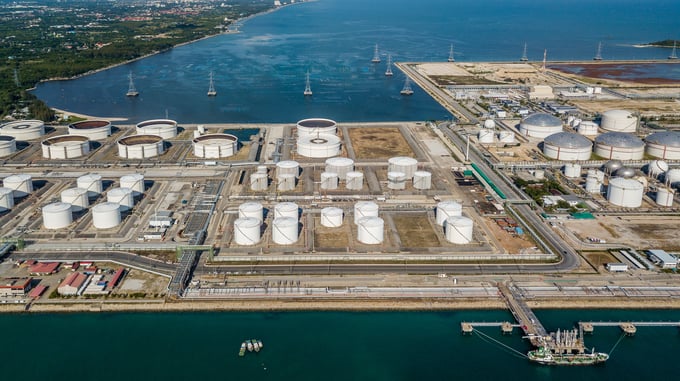Developing a viable and sustainable alarm management system
Without knowing the exact sources and amounts of emissions, taking ownership of a plant’s environmental liability and prioritizing sustainability efforts will ...

Without knowing the exact sources and amounts of emissions, taking ownership of a plant’s environmental liability and prioritizing sustainability efforts will require more data transparency. Emissions from a complex integrated process may be distributed and variable over time. For a refinery with hundreds of pumps, only some of those may be energy demanding and contribute large amounts of emissions, while the rest may only be used in emergencies and thus have minimal impact. Emissions may also depend on the product types manufactured at any given moment.
Full transparency may not be possible with the available process data, and additional sensors may be required. Also, some operations may still be performed manually and key information may only reside in the operator’s mind. Digitalization programs can further automate reporting, calculate emission levels at the equipment level and subsequently perform reconciliation with overall emissions, and ensure that sources are identified.
But end-to-end transparency is not only about fully digitizing plant operations. It also implies increased information flow back and forth between plants and corporate centers, which means integrating data from a wide spectrum of sources and standardizing reporting systems. For example, comparing emission performance across different sites may help to identify opportunities to reduce emissions for some sites.
As part of this trend, there should be a drive to begin sharing more data with external stakeholders such as environmental regulatory agencies. Developing a comprehensive end-to-end calculation of the total carbon footprint of a product also may require the integration of emissions data from other businesses, such as raw material suppliers or subcontractors.
Well-thought-out data integration can enhance process visibility, support the calculation of accurate KPIs and provide the backbone for advanced data analytics. In this way, end-to-end transparency is an enabler for optimization.
Download this Trend Report tailored for the process industry. It contains 4 other topics that should not be missed and how businesses can ride the trends to meet the challenges ahead.